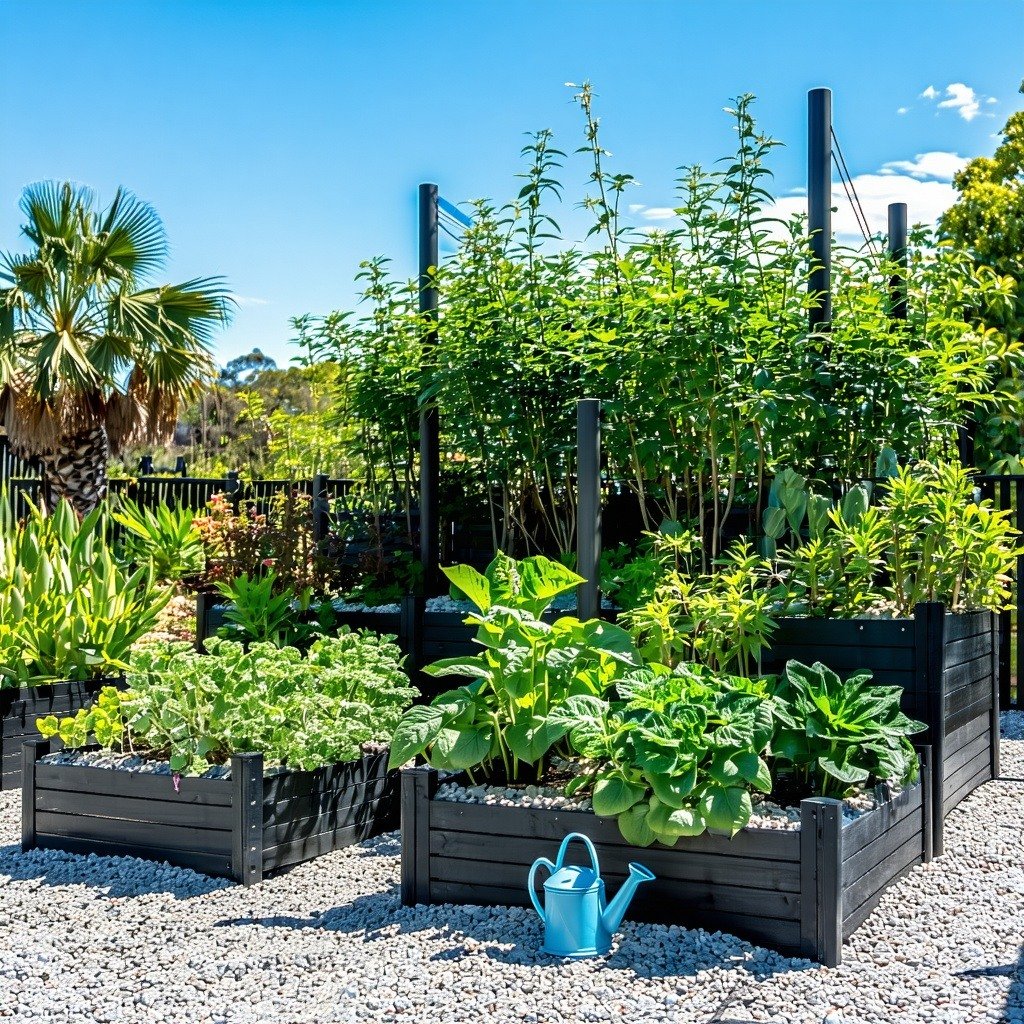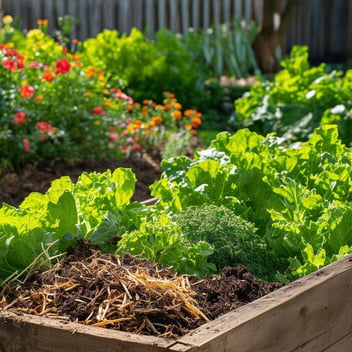Eco-Friendly Gardening: Why Wicking Beds Are Perfect for SEQ’s Climate
South East Queensland (SEQ) is renowned for its subtropical climate, characterized by warm temperatures and seasonal rainfall. Gardeners in this region often grapple with water management challenges, making sustainable practices essential. Wicking beds have emerged as an innovative solution, offering numerous benefits tailored to SEQ's unique environmental conditions.
Understanding Wicking Beds
A wicking bed is a self-watering gardening system that utilizes capillary action to draw water from a reservoir at the base up through the soil directly to plant roots. This design ensures consistent moisture levels, promoting healthy plant growth while conserving water. The system comprises a waterproof container filled with layers of gravel and soil, separated by a permeable barrier, with an inlet pipe for easy reservoir refilling.
Water Efficiency in Subtropical Climates
In regions like SEQ, where water conservation is crucial, wicking beds offer significant advantages. By delivering water directly to the root zone and minimizing evaporation, these systems can reduce water usage by up to 50% compared to traditional gardening methods. This efficiency is particularly beneficial during dry spells, ensuring plants receive adequate hydration without excessive water consumption.
Consistent Moisture Levels for Optimal Plant Growth
The consistent moisture provided by wicking beds fosters robust root development and reduces plant stress. This stability is especially advantageous in SEQ's climate, where rainfall can be unpredictable. Plants in wicking beds are less susceptible to drought stress, leading to healthier growth and potentially higher yields.
Reduction in Weed Growth and Soil-Borne Diseases
Wicking beds maintain a drier soil surface, which suppresses weed germination and growth. Additionally, the reduced surface moisture decreases the prevalence of soil-borne diseases and fungal infections, contributing to a healthier garden ecosystem.
Nutrient Retention and Soil Health
These systems prevent nutrient leaching by retaining soluble fertilizers within the contained environment. Nutrients are wicked back up through the soil, ensuring they remain available to plants and enhancing soil fertility over time. This closed-loop system promotes sustainable gardening practices, aligning with eco-friendly principles.
Adaptability to Various Garden Spaces
Wicking beds are versatile and can be implemented in diverse settings, from urban balconies to expansive rural gardens. Their design flexibility allows for customization in size and shape, making them suitable for small-scale agriculture and urban gardening initiatives. This adaptability is particularly beneficial in SEQ, where property sizes and available gardening spaces can vary widely.
Climate Resilience and Sustainability
In the face of climate change, wicking beds offer resilience against extreme weather conditions. They help plants withstand high temperatures and droughts by maintaining consistent moisture levels in the root zone, reducing heat stress on plants. This resilience makes them an ideal choice for gardeners in SEQ looking to implement sustainable and climate-adaptive gardening practices.
Conclusion
Wicking beds present an elegant solution to the challenges of gardening in South East Queensland's dynamic climate. By embracing this sustainable practice, gardeners can enjoy thriving, water-efficient gardens that contribute to environmental stewardship and personal well-being




